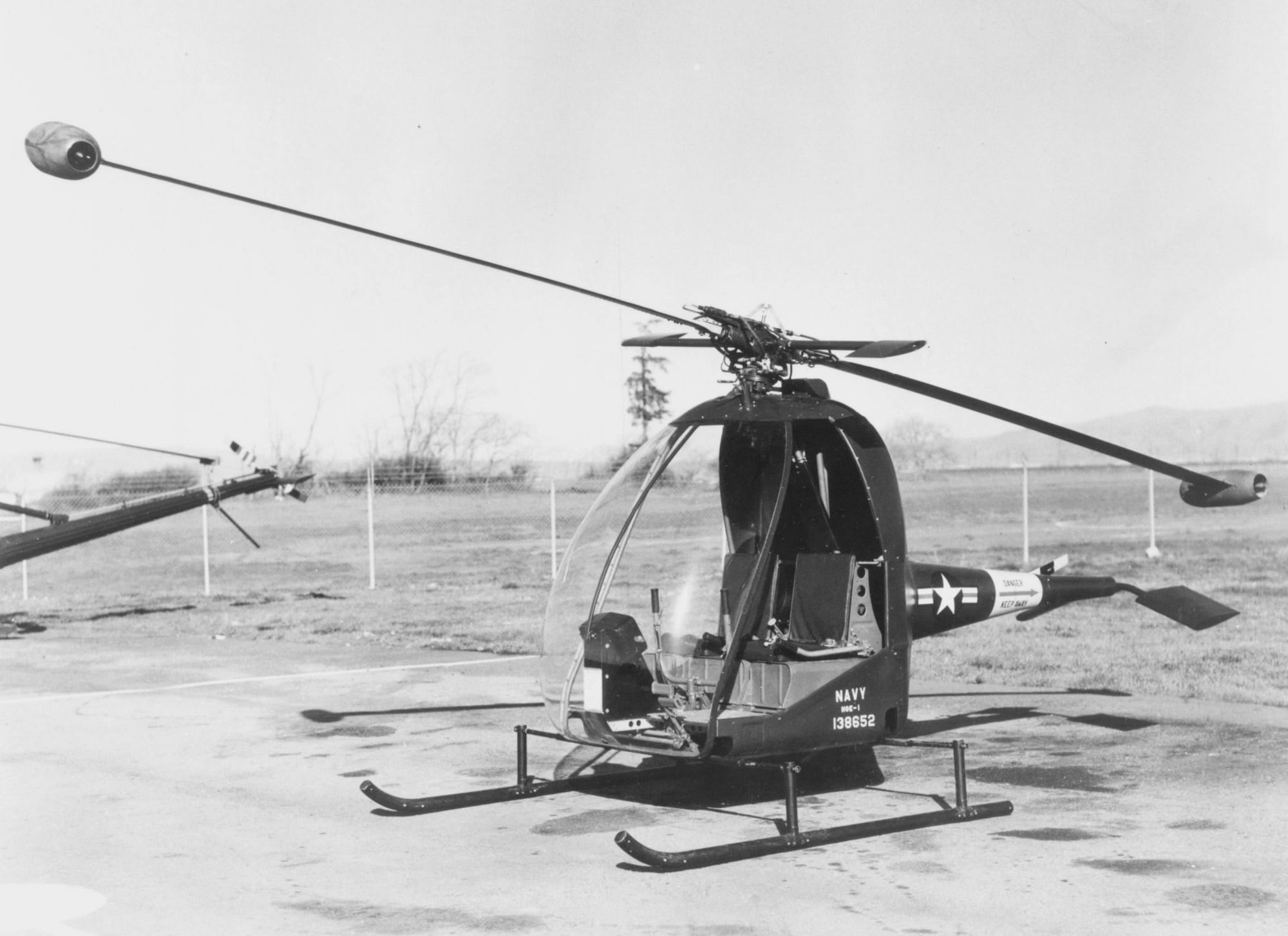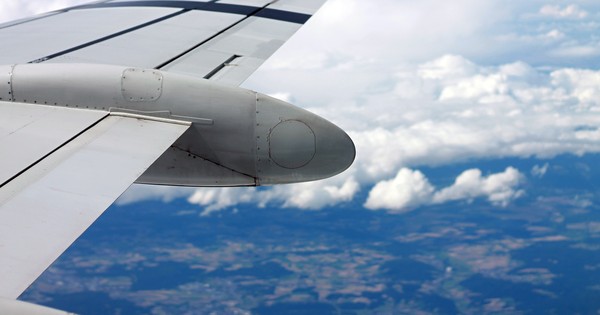hagaricus
ACCESS: Barclaycard
- Joined
- 5 November 2010
- Messages
- 177
- Reaction score
- 172
This has been bugging me for ages, so I thought I'd let it out...
With the advancement of small jet engines, how come I can't find any sign of their being used as tip jets or similar for light/experimental/personal rotorcraft?
Is there something fundamentally incompatible about this technology? Has helicopter design abandoned such ideas & moved on? In short, am I missing something, or has it just not happened because no-one has up and done it?
Or maybe it has, and I just missed it?
With the advancement of small jet engines, how come I can't find any sign of their being used as tip jets or similar for light/experimental/personal rotorcraft?
Is there something fundamentally incompatible about this technology? Has helicopter design abandoned such ideas & moved on? In short, am I missing something, or has it just not happened because no-one has up and done it?
Or maybe it has, and I just missed it?



